Trump's Push for Equal Rights and Against Quotas
"It is the policy of the United States to eliminate the use of disparate-impact liability in all contexts to the maximum degree possible to avoid violating the Constitution, Federal civil rights laws, and basic American ideals."
Those words, the operative section of "Restoring Equality of Opportunity and Meritocracy," one of several executive orders President Donald Trump issued on April 23, mark a giant step forward for equal rights under law, the motivating principle behind ratification of the 14th Amendment in 1868 and passage of the Civil Rights Act in 1964.
Unhappily, those motivating principles were frustrated in practice. The legal establishment proved reluctant to interfere with Southern states bent on subjecting Black citizens to second-class citizenship.
Thus, the Supreme Court adopted a stingy view of the "privileges and immunities" clause of the 14th Amendment in the Slaughterhouse Cases (1873) and, with just one dissent, sanctioned "separate but equal" racial segregation in Plessy v. Ferguson (1896).
With this history in mind, the framers of civil rights legislation in the 1960s took care to explicitly ban racial discrimination. The bill's Senate floor manager, Hubert Humphrey, assured colleagues that if the bill means "that an employer will have to hire on the basis of percentage or quota related to color, race, religion, or national origin, I will start eating the pages one after another."
Alas, this assurance, by a politician whose sincere belief in equal treatment and nondiscrimination was transparently sincere, turned out to be as ill-founded in practice as Reconstruction laws proved to be three generations before.
In September 1965, Lyndon Johnson issued Executive Order 11246, requiring federal contractors to take "affirmative action" authorizing racial quotas and preferences in federal contracting. After some missteps, the Nixon administration's "Philadelphia Plan" implemented it in 1969.
It was challenged in court by a building trades union whose practices were directed less at excluding Black people than at excluding anyone not a brother, son, nephew or cousin of a current member. A federal appeals court upheld the Nixon regulation in 1971, and the Supreme Court declined to hear the case.
That same year, the court unanimously handed down Griggs v. Duke Power Co., which ruled that an employer could not use a test or other job requirement that had a disparate impact on Black and white people unless the test had a relationship to a job.
This had the functional equivalent of throwing into question, and thus authorizing lawsuits, if any hiring or promotion requirement resulted in a lower percentage of Black people than in the overall population. The natural response of employers was to seek what lawyers call a safe harbor by formally or informally employing racial quotas in hiring and promotions.
Why did the court take such drastic action against an employer that, the lower courts found, had no discriminatory intent? I thought then and think now that the court was assuming that Southern segregationists were relying on unspoken intimidation and threats of force to deny equal rights to Black people.
That surely was the motive in the court's unanimous decision in Green v. County School Board of New Kent County just three years before, in 1968. There, the court disallowed "freedom of choice" school desegregation plans in a rural Southern county, noting that such plans had produced little desegregation since the Brown v. Board of Education decision 14 years before. Surely the justices believed, probably rightly in those days, that many parents declined to choose formerly all-white schools out of fear of reprisals.
In retrospect, it seems unlikely that Duke Power Company wanted to exclude qualified Black people. Certainly, today, few employers do so. Similarly, it's inconceivable that selective colleges and universities would tilt their admissions policies to exclude Black people. They go out of their way to admit more.
The problem is, as Humphrey noticed in 1964, that that's contrary to the words and intent of the Civil Rights Act of 1964.
For years, the Supreme Court struggled uncomfortably to overlook this. In a complex ruling in Regents of the University of California v. Bakke (1978), justices ruled that "diversity" would justify racial discrimination in admissions. In Grutter v. Bollinger (2003), the court reaffirmed that quotas didn't violate the 14th Amendment but also ruled that in 25 years, they might.
In advance of that deadline, the court in Students for Fair Admissions v. Harvard (2023) ruled against that school's well-documented use of racial quotas and preferences. The April 23 executive order overturns the 60-year-old Executive Order 11246 and, because of the interlacement of the federal government with other governments and the private sector, bans the racial discrimination that Humphrey and congressional majorities tried to ban in 1964.
Corporations and other private businesses, federal agencies and local governments are now on notice that the racial quotas and preferences they have routinely deployed are now subject to legal challenge by the Justice Department. The civil rights laws are ready to be enforced as Humphrey wanted.
Public opinion polls show large and bipartisan majorities of people oppose the racial discrimination that has been practiced, not always surreptitiously but often pridefully, by elites in positions of institutional power. It's not clear whether Trump's opponents will want to spotlight this issue. Who's against equal treatment?
The strongest argument against racial quotas and preferences, in my view, is that they cast a pall of illegitimacy over the genuine achievements of the intended beneficiaries. They have also fostered, as the Harvard case showed, a culture of systematic lying among those elites who head institutions supposedly dedicated to truth.
They also violate common sense. The disparate impact doctrine implies that in a fair society, every discernible slice of the population would be found in equal proportions in every educational and occupational niche. Ordinary people know this is nonsense. They know that a fair society should give everyone equal opportunity but that it cannot guarantee any group equal outcomes. Let's hope the people won't let this civil rights initiative be set aside as institutional elites set aside those of 1868 and 1964.
========
Michael Barone is a senior political analyst for the Washington Examiner, resident fellow at the American Enterprise Institute and longtime co-author of The Almanac of American Politics. His new book, "Mental Maps of the Founders: How Geographic Imagination Guided America's Revolutionary Leaders," is now available.
Copyright 2025 U.S. News and World Report. Distibuted by Creators Syndicate Inc.

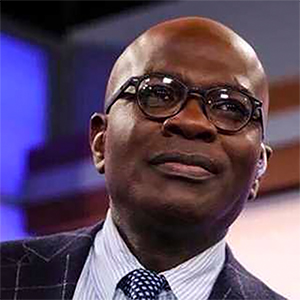



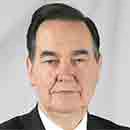





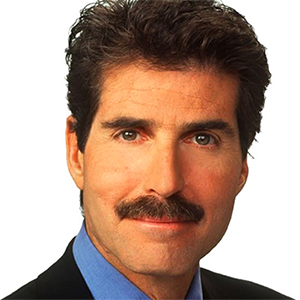

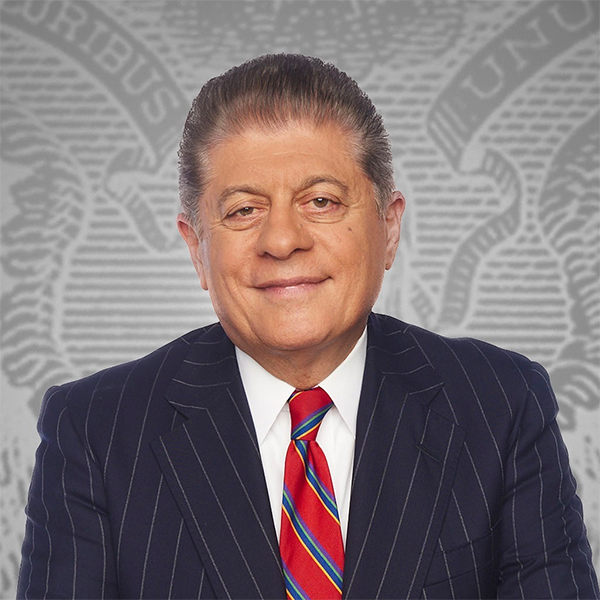











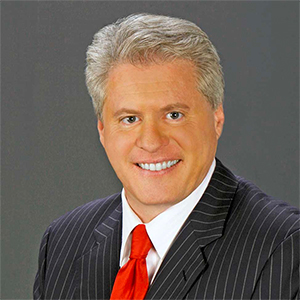


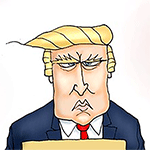


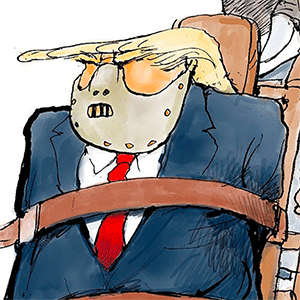
Comments